Secrets to Restoring Biodiversity in Degraded Forests
- August 8, 2024
- 0 comment
In a world where degraded forests are increasingly the landscape, the quest for restoring thriving biodiversity has never been more urgent. Discover how strategic restoration efforts are bringing life back to these vital ecosystems, fostering a resurgence of biodiversity that promises a healthier, more resilient planet.
What is Forest Degradation?
Forest degradation refers to a process where the biological wealth of a forest is permanently reduced due to various factors. Unlike deforestation, which involves the complete removal of forest areas, degradation is characterized by a decline in the quality and health of the forest ecosystem. This decline may manifest as a decrease in the number of trees, a reduction in species diversity of trees, plants, or animals, or the presence of diseases and pests affecting the flora and fauna.
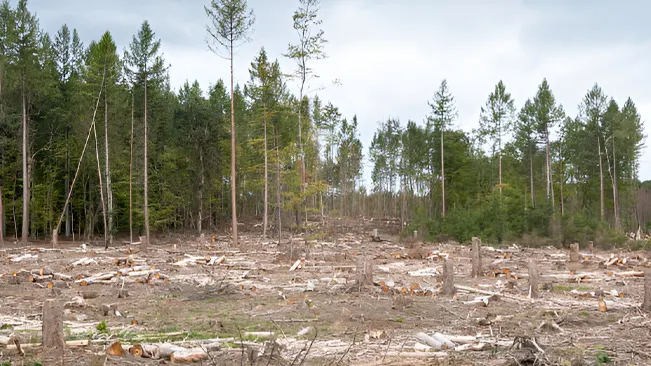
Despite the physical presence of the forest, its degraded state renders it less valuable and compromises its ability to provide essential ecosystem services. Over time, such degradation can serve as a precursor to complete deforestation. Forest degradation is a specific form of the broader environmental concern known as land degradation. It plays a significant role in the global challenge of biodiversity loss, as the diminishing quality of forests continues to contribute to the decline in wildlife populations and plant diversity at alarming rates.
What Is Biodiversity?
Biodiversity, or biological diversity, refers to the variety and variability of life on Earth. It encompasses the full range of different living organisms found in various environments, from terrestrial to marine ecosystems. This includes not only the wide array of plants, animals, fungi, and microorganisms that inhabit the planet but also the genetic differences within each species and the complex ecosystems in which they live. Biodiversity is not just about the number of species, but also the ecological roles they perform, the genetic diversity they contain, and the intricate processes that link them to one another and to their physical environment.
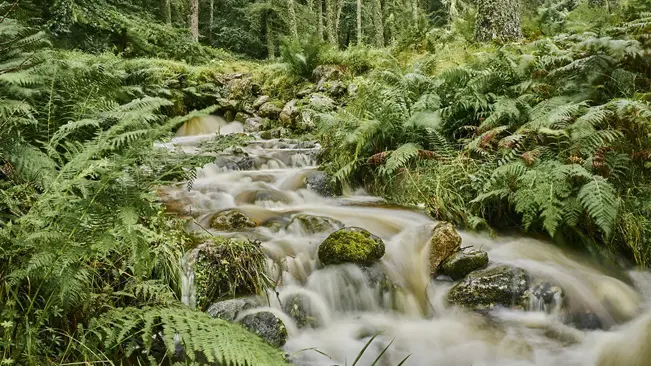
The importance of biodiversity lies in its fundamental role in maintaining the stability and resilience of ecosystems. It contributes to ecosystem services that are critical to human survival and well-being, such as food security, pollution breakdown, climate regulation, and water purification. Additionally, biodiversity is a key resource for medicinal research and agricultural innovation, providing genes and species necessary for adapting crops and livestock to changing environmental conditions. The loss of biodiversity, therefore, poses a significant risk to these services, affecting everything from global economies to health and environmental quality, making its conservation a crucial goal for sustainable development.
Understanding Forest Degradation
Causes of Forest Degradation
- Deforestation: This is one of the primary drivers of forest degradation. When forests are cleared for agricultural expansion, urban development, or timber extraction, it leads not only to the loss of trees but also to a significant disruption of the ecological balance.
- Climate Change: Altered weather patterns, such as increased temperatures and irregular rainfall, stress forest ecosystems. These changes can exacerbate the spread of pests and diseases, weaken trees, and reduce forest resilience.
- Pollution: Chemical pollutants from industrial, agricultural, and urban sources can poison soils and waterways. This not only affects plant health but also the diverse organisms that depend on forests for survival.
- Over-exploitation: The unsustainable extraction of forest resources, including logging and hunting, depletes biodiversity and disrupts regeneration cycles, leading to a gradual depletion of crucial forest resources.
Impact on Biodiversity
- Loss of Habitat: Forest degradation leads to the deterioration of habitat quality for many species. As the forest structure and composition change, many species may find it difficult to survive, leading to a decrease in population sizes.
- Fragmentation: When larger tracts of forests are broken into smaller, isolated patches due to human activities or natural causes, it can isolate species populations, limiting their ability to reproduce and decreasing genetic diversity.
- Species Extinction: The combined effects of habitat loss, fragmentation, and the decreased resilience of the forest ecosystem can lead to local and global extinctions. Species that are highly specialized and less adaptable are particularly vulnerable.
- Ecosystem Imbalance: Forest degradation disrupts the ecological processes that sustain the forest ecosystem. For example, changes in tree species composition can alter nutrient cycling, water regulation, and the overall climate regulation capacities of forests. This imbalance can further degrade the environment, creating a vicious cycle of decline.
Restoring Strategies Thriving Biodiversity
Reforestation and Afforestation
Choosing native species for reforestation and afforestation projects is crucial because they are adapted to the local climate and soil conditions and support local biodiversity, including various insects, birds, and mammals which rely on these native plants for food and habitat. Native species help maintain ecological balance and enhance the resilience of restored areas against environmental stresses.
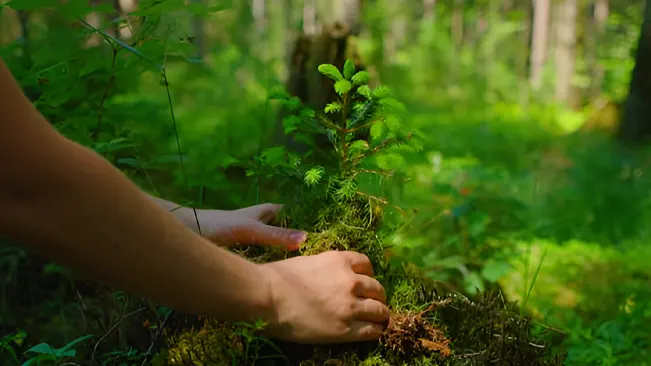
Collecting seeds from healthy, native species and raising them in nurseries ensures a reliable supply of quality saplings. This controlled environment allows for the growth of strong plants that can withstand the conditions when transplanted into degraded areas, providing a robust foundation for new forest growth.
Habitat Restoration
Restoring a variety of habitats within forests, such as wetlands, grasslands, and riparian zones, enhances biodiversity by providing different niches for various species to thrive. Each habitat type supports unique communities of plants and animals, contributing to the overall ecological diversity of the area. These diverse habitats are crucial for the survival of various species, offering everything from breeding grounds to food sources.
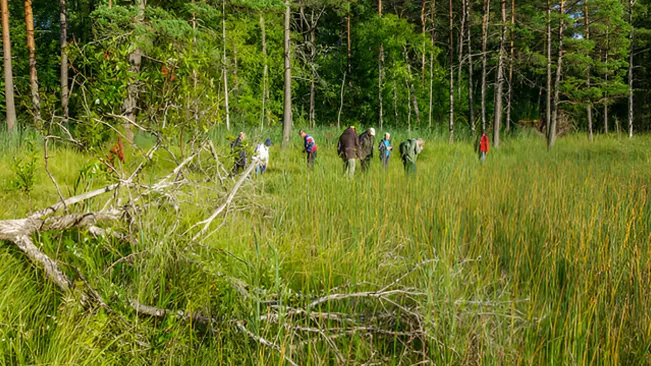
Establishing wildlife corridors between isolated forest patches improves habitat connectivity, allowing animals to migrate safely and maintain genetic diversity. This connectivity is crucial for the resilience of wildlife populations, facilitating natural behaviors like breeding and foraging, and ensuring long-term sustainability.
Ecosystem Restoration
Restoring soil health is foundational to successful forest restoration. This can involve adding organic matter to depleted soils, which improves soil structure, enhances water retention, and boosts nutrient availability. Healthy soils are vital for robust plant growth and support complex underground ecosystems that are beneficial to the overall health of the forest.
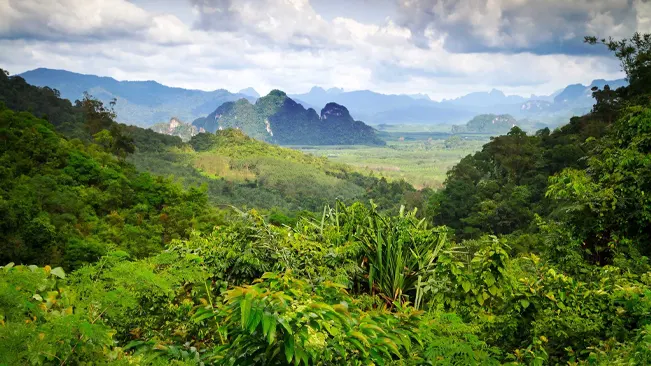
Managing watersheds effectively is key to restoring the water cycle. Techniques such as reforestation of watershed areas, constructing check dams, and restoring natural waterways can help stabilize the water table and improve the quality and availability of water resources, crucial for sustaining both human and ecological communities.
Community Involvement
Engaging local communities in restoration projects ensures that conservation efforts are tailored to local needs and benefit from traditional ecological knowledge. Community involvement increases the sustainability of conservation efforts, as local stakeholders take ownership and pride in the restoration of their environment. This inclusive approach fosters a sense of responsibility and enhances the effectiveness of restoration efforts.

Providing training and resources to local communities builds their capacity for ongoing conservation and management of restored areas. This includes skills in nursery management, sustainable agriculture practices, and ecosystem monitoring. Additionally, integrating restoration projects with sustainable livelihood opportunities such as Eco-tourism, forestry, or sustainable harvesting of non-timber forest products ensures that economic benefits are derived in a manner that supports long-term conservation goals, promoting a harmonious balance between human and environmental health.
Challenges and Solutions
Financial Constraints

Funding is often a significant hurdle in both initiating and sustaining forest restoration projects. These initiatives require substantial investments for a wide range of activities, including the establishment of nurseries, the procurement and planting of seedlings, long-term maintenance, and ecological monitoring. The costs can be daunting, particularly in large-scale projects aimed at extensive areas. The lack of adequate financial resources can result in underfunded projects that struggle to achieve their intended ecological goals, potentially leading to failed restoration or even further degradation if maintenance is neglected.
Illegal Activities
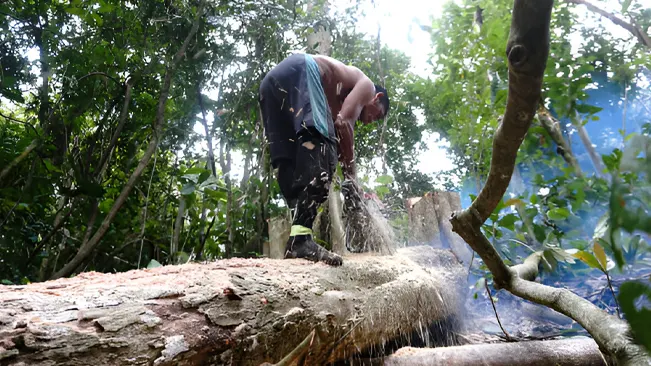
Illegal logging, poaching, and other unauthorized activities pose significant threats to restoration efforts. These activities not only directly damage the forest by removing biomass and disrupting habitat but also undermine the long-term sustainability of restoration projects by depleting the forest of its resources and biodiversity. The impacts extend beyond immediate physical damage, disrupting ecological networks and reducing the forest’s capacity for recovery and resilience against environmental stresses.
Partnerships

Forming robust partnerships between governments, non-governmental organizations (NGOs), local communities, and international bodies can provide a stronger framework for addressing the complexities of forest restoration. These partnerships can leverage the diverse strengths and resources of each party, from providing funding and technical expertise to ensuring local engagement and community support. Effective collaboration helps align various interests and goals, leading to more sustainable and successful restoration outcomes.
Policy Support

Strong policy frameworks are essential for supporting forest restoration efforts. Governments play a crucial role by enacting and enforcing policies that promote sustainable land use and provide incentives for restoration activities, such as tax breaks, grants, or subsidies. Additionally, well-designed policies can help resolve land tenure issues, providing clear guidelines that help secure land for restoration and protect it from future degradation. These policies ensure that restoration efforts are not only initiated but also integrated into broader land management strategies.
Law Enforcement
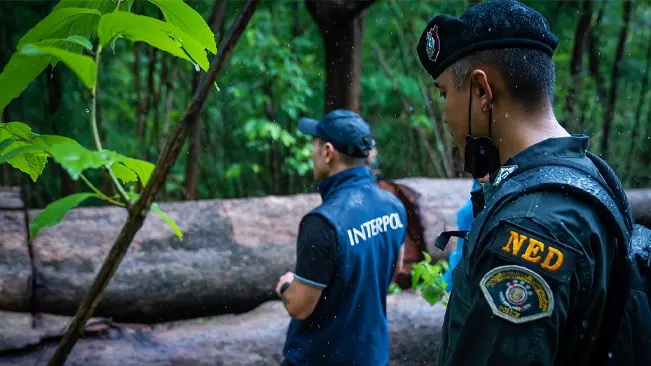
Enhancing law enforcement measures is crucial to combat illegal activities that threaten forest ecosystems. This involves implementing stricter penalties for activities like illegal logging or poaching, improving surveillance of protected areas, and providing greater resources for law enforcement agencies to carry out their duties effectively. Strong enforcement helps deter illegal activities and protects the investments made in restoration, ensuring that restored areas have the opportunity to recover and thrive.
Education and Awareness

Increasing public awareness and education about the benefits of forest restoration and the threats posed by illegal activities is vital for cultivating broader support for conservation efforts. Educational programs can be targeted at all levels of society, from schoolchildren to policymakers, emphasizing the ecological, economic, and social benefits of restored forests. Engaging communities and stakeholders through education helps build a culture of conservation and encourages voluntary compliance with environmental regulations. This widespread awareness is essential for fostering a community-driven approach to conservation, which is often more sustainable and effective in the long term.
Conclusion
In conclusion, restoring thriving biodiversity in degraded forests involves more than just planting trees; it requires a comprehensive strategy that includes maintaining ecosystem integrity, engaging communities, and implementing sustainable practices. By addressing the root causes of forest degradation and embracing innovative solutions from robust legal frameworks to advanced technological interventions we can rejuvenate these vital ecosystems. As we uncover and utilize these methods, we move toward a future where degraded forests flourish as vibrant centers of biodiversity, securing a healthier planet for future generations.
FAQs
- What is forest degradation?
Forest degradation refers to the process where a forest’s capacity to provide goods, like timber and habitats for species, is diminished due to environmental pressures such as logging, pollution, and climate change. - Why is biodiversity important in forests?
Biodiversity enhances forest resilience, supports ecosystem services like air and water purification, and provides a genetic bank that is crucial for adaptation to changing conditions. - What are some effective strategies for restoring degraded forests?
Effective strategies include reforestation with native species, controlling invasive species, restoring soil health, and implementing sustainable management practices that involve local communities. - How can local communities contribute to forest restoration?
Local communities can contribute by participating in reforestation projects, adopting sustainable land use practices, and engaging in monitoring and maintenance activities to ensure the success of restoration efforts. - What role does technology play in restoring degraded forests?
Technology aids forest restoration through tools like remote sensing for monitoring deforestation and degradation, drones for planting seeds, and genetic technology to improve the resilience of plants. - Can restored forests regain their original biodiversity levels?
While restored forests can achieve high levels of biodiversity, the complexity and specific species composition of the original forest may take several decades to fully recover, depending on the extent of degradation and the restoration methods used. - What are the main challenges in restoring degraded forests?
Key challenges include securing adequate funding, resolving land tenure issues, preventing illegal activities such as logging and poaching, and ensuring long-term maintenance and protection of restored areas. - How long does it take to restore a degraded forest?
The time required to restore a degraded forest can vary widely, typically ranging from a few years to several decades, depending on the degree of degradation, climatic conditions, and the effectiveness of restoration strategies employed.

Joel Cunningham
Forestry AuthorI'm Joel Cunningham, an expert in pruning and weed management with over a decade of experience. My skills are rooted in formal training and extensive practice, focusing on advanced pruning techniques and efficient weed control. I'm known for my quality work, precision, and deep understanding of plant health and soil dynamics. My contributions extend to educational initiatives where I share sustainable practices and advice, establishing myself as a reliable and authoritative figure in the gardening community.

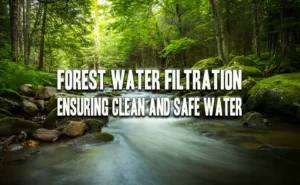
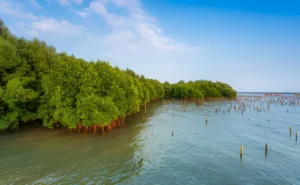
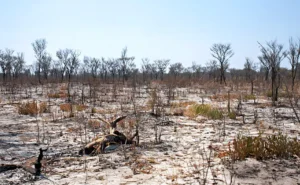

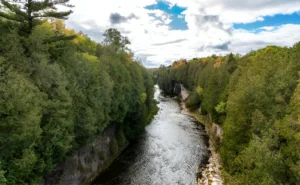
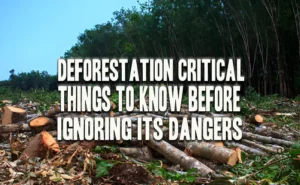
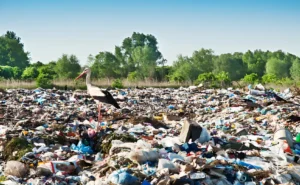
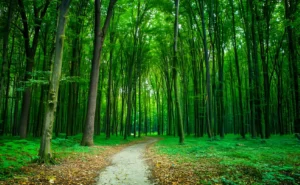
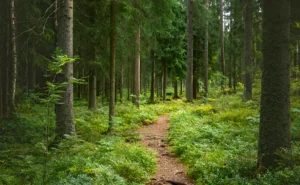
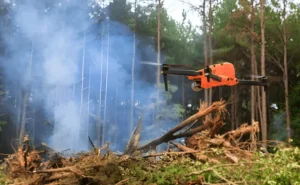
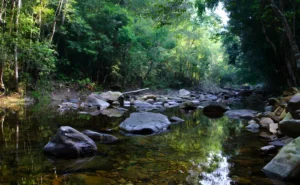
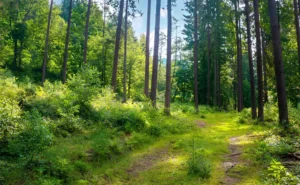
Leave your comment